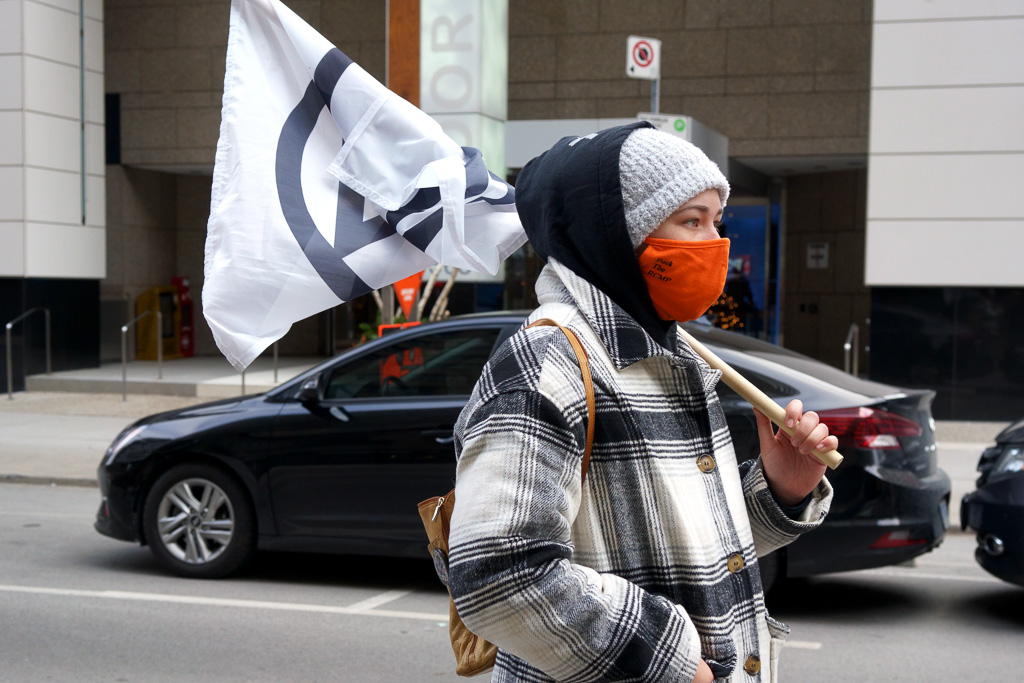I was framing a shot on Cumberland Avenue when Sonny popped in front of the lens. “Take my picture! Take my picture!” So I did. Simple as that.
I’m amazed at how varied the range of attitudes towards street photography. At one end of the spectrum sit the paranoids who think you’re spying on them or plan to do nefarious things with their image. At the other end of the spectrum sit the extroverts who are happy to pose for you and then give you their email address and IG handle so you can send them links.
I wonder if the range of attitudes is symptomatic of the paradoxical state of contemporary photographic practice. Now, almost everybody has a high-quality camera in their pocket and, collectively, we shoot more than a trillion photos each year. Yet this burgeoning freedom to shoot makes it easier than ever to watch us.
The strange things is: the spying doesn’t happen from above. There is no Orwellian Big Brother looking down on us. Instead, we are all complicit in our own surveillance, as I learned the hard way when I discovered that I had unwittingly allowed some of my photographs to “train” new facial recognition software in development by IBM.
Interestingly, the people most complicit in the rise of surveillance are the ones running around taking selfie’s all the time. I foresee a day when some poor schmuck is going to sue themselves for failing to obtain consent when they took a selfie.
















